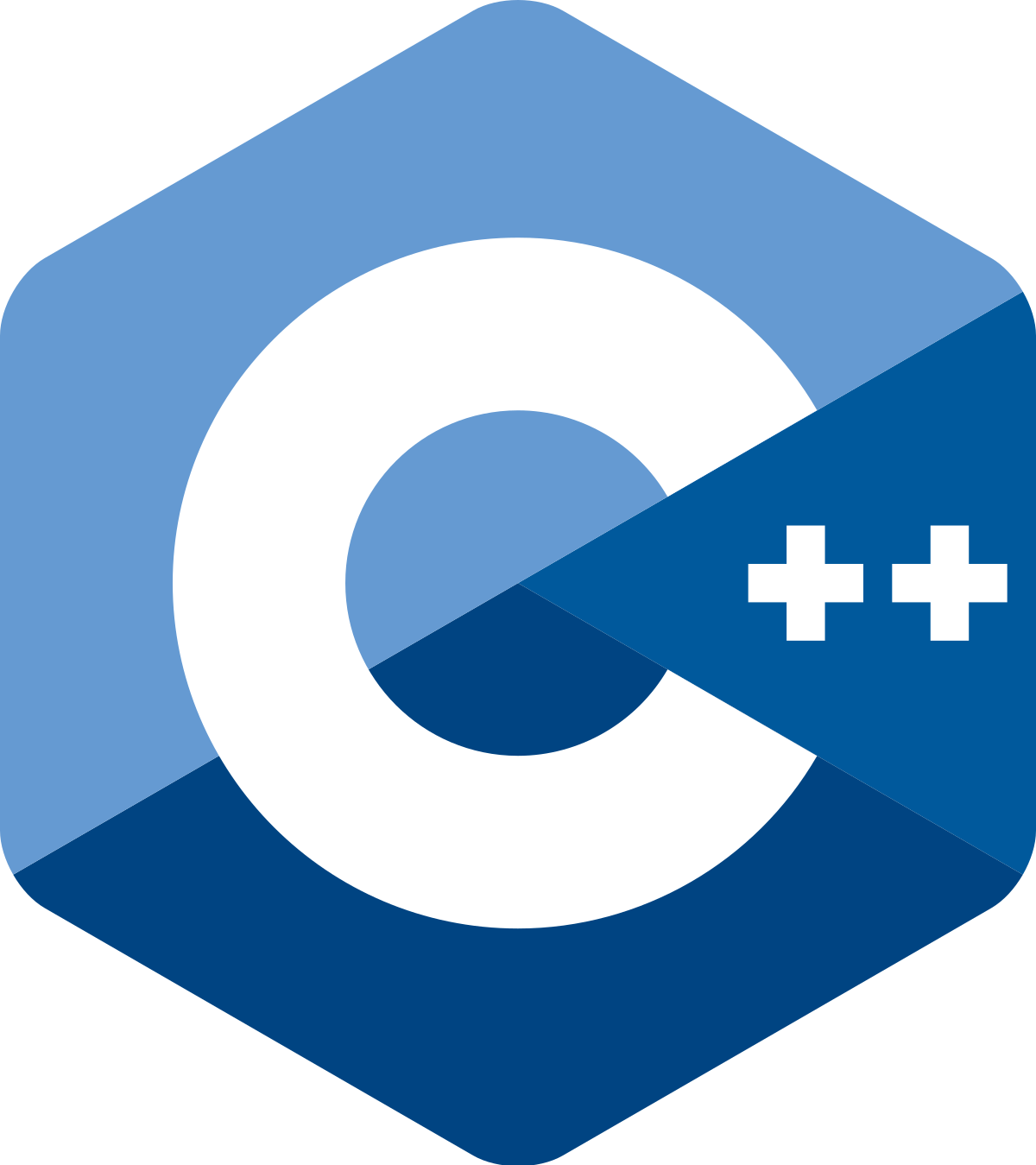1
2
3
4
5
6
7
8
9
10
11
12
13
14
15
16
17
18
19
20
21
22
23
24
25
26
27
28
29
30
31
32
33
34
35
36
37
38
39
40
41
42
43
44
45
46
47
48
49
50
51
52
53
54
55
56
57
58
59
60
61
62
63
64
65
66
67
68
69
70
71
72
73
74
75
76
77
78
79
80
81
82
83
84
85
86
87
88
89
90
91
92
93
94
95
96
97
98
99
100
101
102
103
104
105
106
107
108
109
110
111
112
113
114
115
116
117
118
119
120
121
122
123
124
125
126
127
128
129
130
131
132
133
134
135
136
137
138
139
140
141
142
143
144
145
146
147
148
149
150
151
152
153
154
155
156
157
158
159
160
161
162
163
164
165
166
167
168
169
170
171
172
173
174
175
176
177
178
179
180
181
182
183
184
185
186
187
188
189
190
191
192
193
194
195
196
197
198
199
200
201
202
203
204
205
206
207
208
209
210
211
212
213
214
215
216
217
218
219
220
221
222
223
224
225
226
227
228
229
230
231
232
233
234
235
236
237
238
239
240
241
242
243
244
245
246
247
248
249
250
|
#include <bits/stdc++.h>
#include <stdint.h>
inline char read() {
static const int IN_LEN = 1000000;
static char buf[IN_LEN], *s, *t;
if (s == t) {
t = (s = buf) + fread(buf, 1, IN_LEN, stdin);
if (s == t) return -1;
}
return *s++;
}
template<class T>
inline void read(T &x) {
static bool iosig;
static char c;
for (iosig = false, c = read(); !isdigit(c); c = read()) {
if (c == '-') iosig = true;
if (c == -1) return;
}
for (x = 0; isdigit(c); c = read())
x = (x + (x << 2) << 1) + (c ^ '0');
if (iosig) x = -x;
}
inline int read(char *buf) {
register size_t s = 0;
register char ch;
while (ch = read(), isspace(ch) && ch != -1);
if (ch == EOF) {
*buf = '\0';
return -1;
}
do buf[s++] = ch; while (ch = read(), !isspace(ch) && ch != -1);
buf[s] = '\0';
return s;
}
const int OUT_LEN = 100000;
char obuf[OUT_LEN], *oh = obuf;
inline void print(char c) {
if (oh == obuf + OUT_LEN) fwrite(obuf, 1, OUT_LEN, stdout), oh = obuf;
*oh++ = c;
}
template<class T>
inline void print(T x) {
static int buf[30], cnt;
if (x == 0) {
print('0');
} else {
if (x < 0) print('-'), x = -x;
for (cnt = 0; x; x /= 10) buf[++cnt] = x % 10 + 48;
while (cnt) print((char)buf[cnt--]);
}
}
inline void flush() {
fwrite(obuf, 1, oh - obuf, stdout);
}
#ifdef ALIGN_DATA
#define __aligned__ __attribute__((aligned(16)))
#else
#define __aligned__
#endif
#define MAX_CHUNKS 32768
uint8_t buffer[16 * MAX_CHUNKS];
using namespace std;
typedef long long ll;
typedef unsigned long long ull;
typedef std::vector<int> Vector;
const ll MOD = 2184057LL;
ull a[64][(218 * 1000) / 64];
ull b[64][(218 * 1000) / 64];
char buf[512 * 1000];
uint8_t POPCOUNT_4bit[16] __aligned__ = {
0,
1,
1,
2,
1,
2,
2,
3,
1,
2,
2,
3,
2,
3,
3,
4
};
uint32_t ssse3Popcount3(uint8_t* buffer, int chunks16) {
static char MASK_4bit[16] = {0xf, 0xf, 0xf, 0xf, 0xf, 0xf, 0xf, 0xf, 0xf, 0xf, 0xf, 0xf, 0xf, 0xf, 0xf, 0xf};
uint32_t result;
#ifdef DEBUG
assert(chunks16 % 4 == 0);
#endif
__asm__ volatile ("movdqu (%%eax), %%xmm7" : : "a" (POPCOUNT_4bit));
__asm__ volatile ("movdqu (%%eax), %%xmm6" : : "a" (MASK_4bit));
__asm__ volatile ("pxor %%xmm5, %%xmm5" : : );
result = 0;
int k, n, i;
i = 0;
while (chunks16 > 0) {
#define MAX (7 * 4)
if (chunks16 > MAX) {
k = MAX;
chunks16 -= MAX;
}
else {
k = chunks16;
chunks16 = 0;
}
#undef MAX
__asm__ volatile ("pxor %xmm4, %xmm4");
for (n = 0; n < k; n += 4) {
#define body(index) \
__asm__ volatile( \
"movdqa (%%eax), %%xmm0 \n" \
"movdqa %%xmm0, %%xmm1 \n" \
"psrlw $4, %%xmm1 \n" \
"pand %%xmm6, %%xmm0 \n" \
"pand %%xmm6, %%xmm1 \n" \
"movdqa %%xmm7, %%xmm2 \n" \
"movdqa %%xmm7, %%xmm3 \n" \
"pshufb %%xmm0, %%xmm2 \n" \
"pshufb %%xmm1, %%xmm3 \n" \
"paddb %%xmm2, %%xmm4 \n" \
"paddb %%xmm3, %%xmm4 \n" \
: : "a" (&buffer[index]));
body(i);
body(i + 1 * 16);
body(i + 2 * 16);
body(i + 3 * 16);
#undef body
i += 4 * 16;
}
__asm__ volatile (
"pxor %xmm0, %xmm0 \n"
"psadbw %xmm0, %xmm4 \n"
"paddd %xmm4, %xmm5 \n"
);
}
__asm__ volatile (
"movhlps %%xmm5, %%xmm0 \n"
"paddd %%xmm5, %%xmm0 \n"
"movd %%xmm0, %%eax \n"
: "=a" (result)
);
return result;
}
int main() {
std::string sa, sb;
read(buf);
sa = std::string(buf);
read(buf);
sb = std::string(buf);
memset(a, 0, sizeof(a));
memset(b, 0, sizeof(b));
for (int shift = 0; shift < 64; ++shift) {
for (int i = 0; shift + i < sa.size(); ++i) {
ull bit = ((ull) 1) << (ull) (i % 64);
int bucket = i / 64;
if (sa[i + shift] == '1') {
a[shift][bucket] |= bit;
}
}
for (int i = 0; shift + i < sb.size(); ++i) {
ull bit = ((ull) 1) << (ull) (i % 64);
int bucket = i / 64;
if (sb[i + shift] == '1') {
b[shift][bucket] |= bit;
}
}
}
int m;
read(m);
int prevP1 = -1, prevP2 = -1, prevL = -1, prevRes = -1;
for (int it = 0; it < m; ++it) {
int p1, p2, l;
read(p1), read(p2), read(l);
if (p1 == prevP1 && p2 == prevP2 && l == prevL) {
print(prevRes), print('\n');
continue;
}
prevP1 = p1; prevP2 = p2; prevL = l;
int shift1 = p1 % 64;
int shift2 = p2 % 64;
int start1 = p1 / 64;
int start2 = p2 / 64;
int res = 0;
ull* A = a[shift1];
ull* B = b[shift1];
A += start1;
B += start2;
int UP = l / 64 - 1;
ull* buff = (ull*) buffer;
for (int i = 0; i <= UP; ++i) {
buff[i] = a[shift1][start1 + i] ^ b[shift2][start2 + i];
}
ull mask = (((ull) 1) << (ull) (l % 64)) - (ull) 1;
buff[UP + 1] = ((a[shift1][start1 + l / 64] ^ b[shift2][start2 + l / 64]) & mask);
for (int i = 0; i < 16; ++i) buff[UP + i + 2] = 0;
res = ssse3Popcount3(buffer, l / (8 * 16) + 1);
print(res), print('\n');
prevRes = res;
}
flush();
return 0;
}
|



